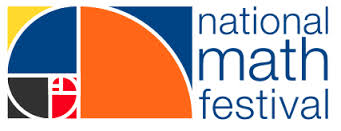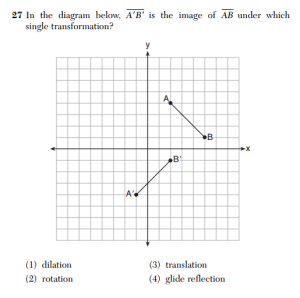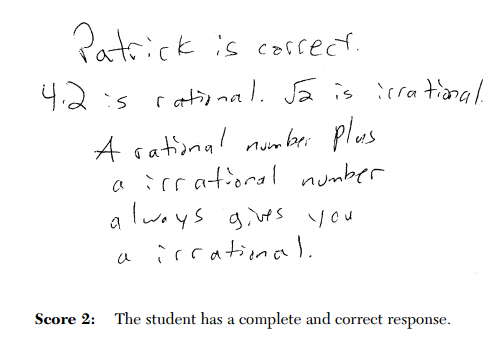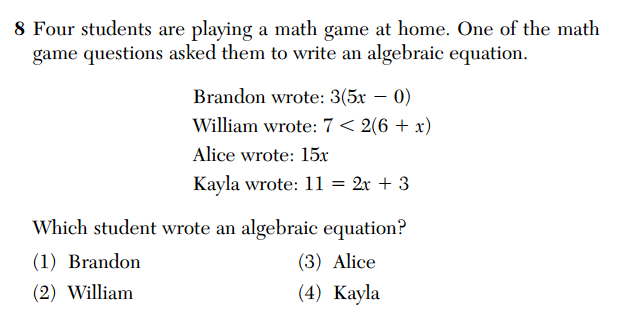 This past week I traveled to Washington, D.C., to speak at a policy briefing sponsored by the Mathematical Sciences Research Institute. The briefing was part of a policy day held in advance of MSRI’s first ever National Math Festival.
This past week I traveled to Washington, D.C., to speak at a policy briefing sponsored by the Mathematical Sciences Research Institute. The briefing was part of a policy day held in advance of MSRI’s first ever National Math Festival.
The theme of the briefing was “Building the Profession of Math Teachers in America”. I was invited to give a teacher’s perspective on professional development, and to talk about what successful programs look like to teachers and the impact they have on classrooms and schools.
I spoke about the influence that programs like Math for America and PCMI have had on me, my colleagues and, in turn, our school. These programs inspire and empower teachers, and help create an environment where teachers are more willing and able to take on the challenges that schools and districts face.
Here’s an excerpt from the closing of my speech.
I’ve been teaching for a long time. I’ve seen new curricula, new standards, and new tests come, go, and come again. And I know that the reality of policy-making is inextricably tied to these things.
But these things don’t really lead to the kind of authentic, sustainable change that comes from empowering teachers. I have experienced this personally, I am witnessing it right now in my school, and through digital communities, I see it happening all over the country.
I was honored to represent teachers and talk about the positive impact these programs have had on me and my school. But I was definitely nervous following speakers like Nancy Pelosi, Harry Reid, Al Franken, and many other politicians and policy makers! Hopefully, my message resonated with those in attendance, and I’m thankful to the MSRI for giving me the opportunity to contribute to the conversation.







